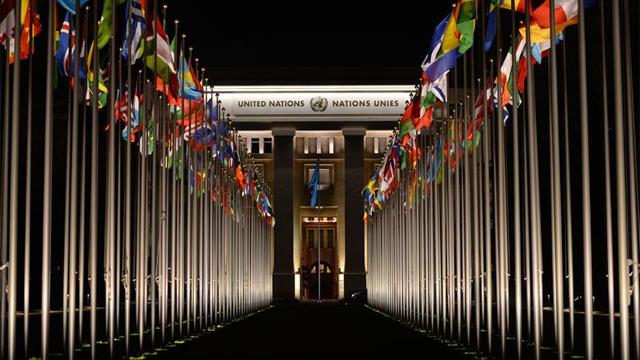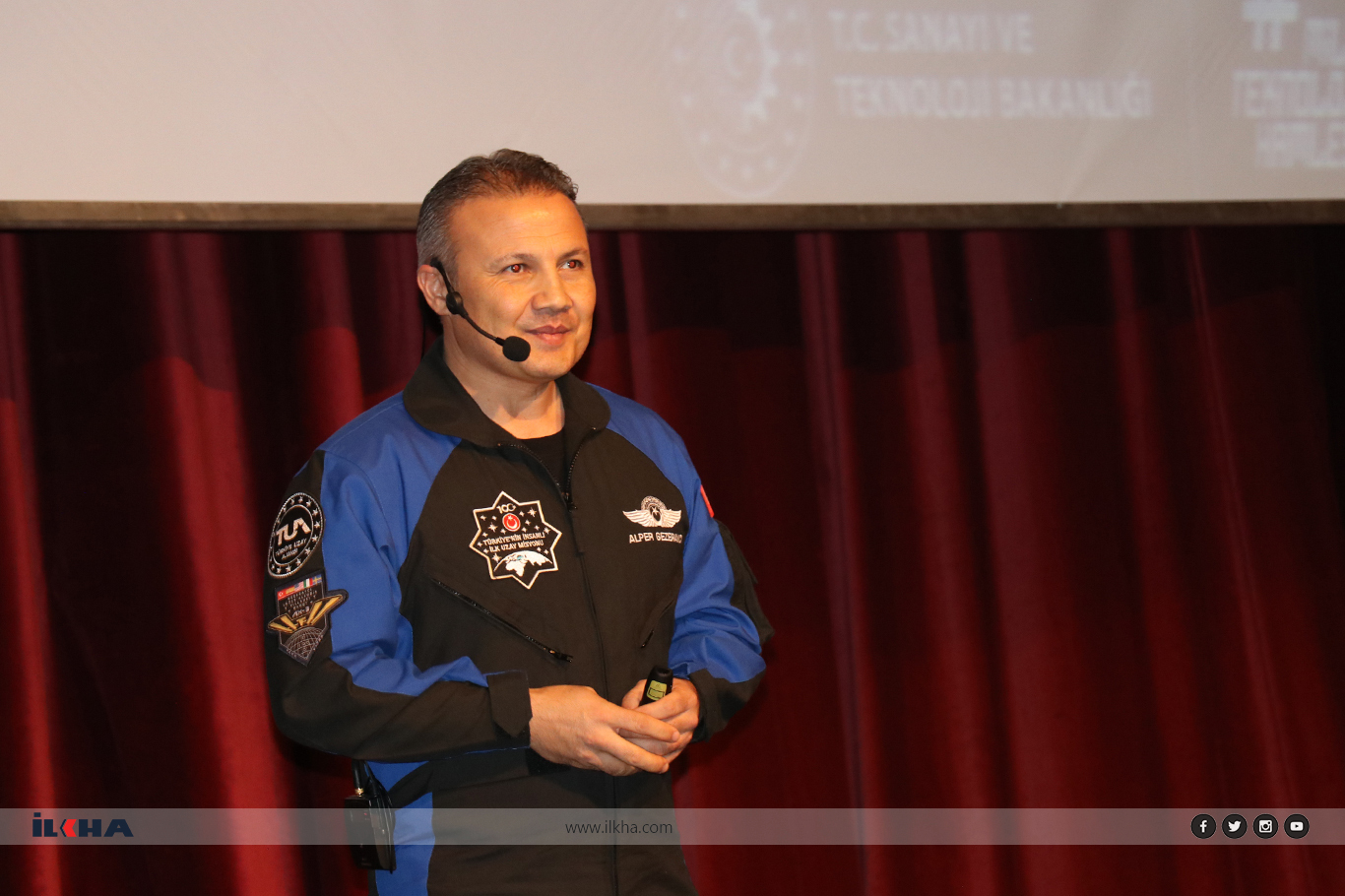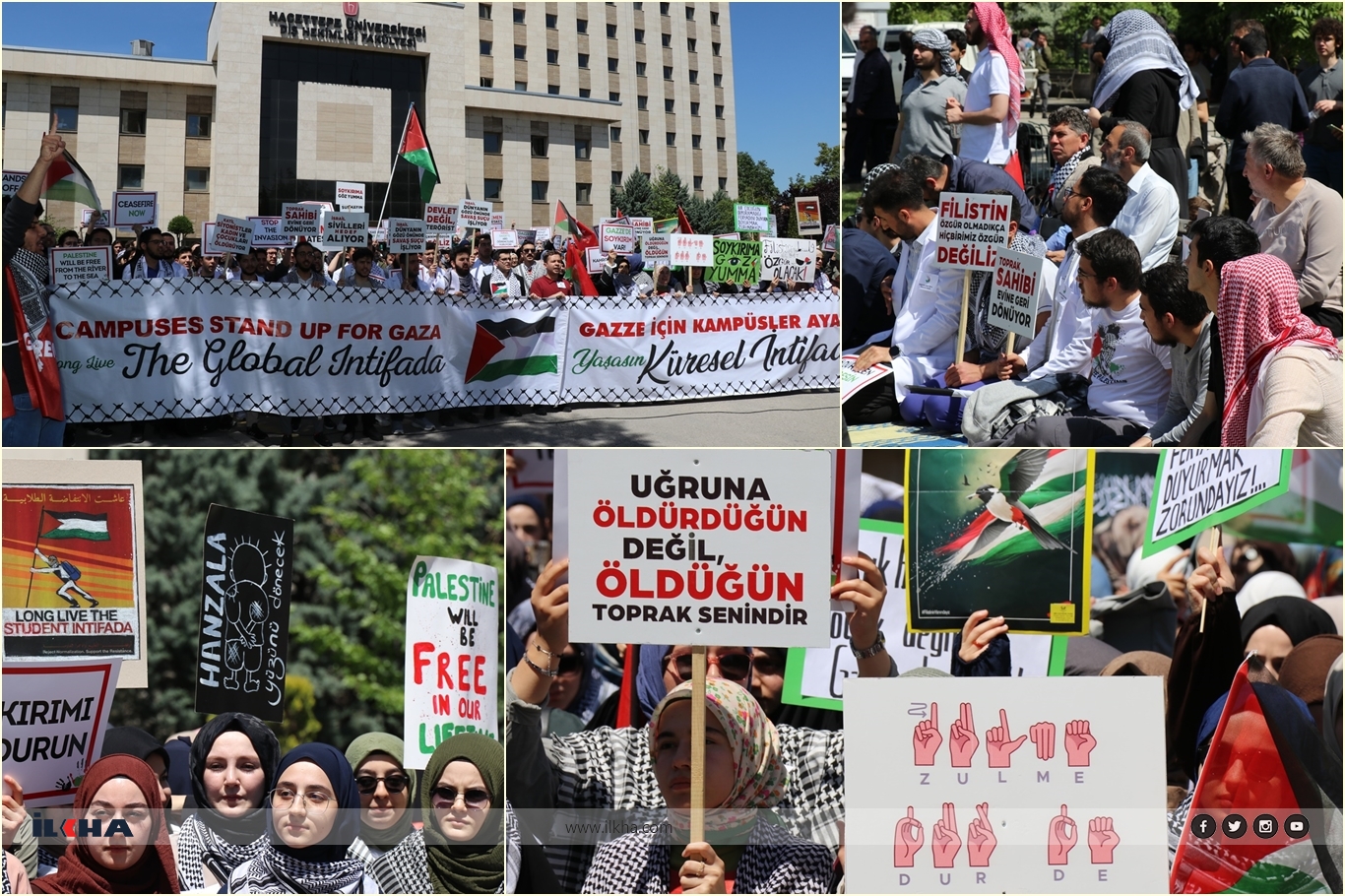Youth population constitutes 15.2% of Türkiye's population—statistical agency
According to the results of Address Based Population Registration System (ABPRS), while the total population of Türkiye was 85 million 279 thousand 553 by the end of 2022, the youth population at the age group of 15-24 was 12 million 949 thousand 817.

 Google News'te Doğruhaber'e abone olun.
Google News'te Doğruhaber'e abone olun. Youth population constituted 15.2% of total population. While males constituted 51.2% of youth population, females constituted 48.8% of it.
According to the population projections, the proportion of youth population was expected to decrease to 14.0% in 2030, 13.4% in 2040, 11.8% in 2060 and 11.1% in 2080.
Proportion of Türkiye's youth population was higher than that of the EU member countries
It was seen that the proportion of Türkiye's youth population with 15.2% was higher than that of 27 European Union (EU) member countries. When the proportions of youth population of 27 EU member countries were analyzed, the EU average of the proportion of youth population was 10.5% in 2022. It was seen that the countries with the highest proportion of youth population were Ireland with 12.8%, Netherlands with 12.3% and Denmark with 12.2%, respectively and the countries with the lowest proportion of youth population were Bulgaria with 9.1% and Czechia with 9.3%, Slovenia and Latvia with 9.4%, respectively.
The province with the highest proportion of youth population with 22.0% was Hakkari
According to ABPRS results, the province with the highest proportion of youth population was Hakkari with 22.0% in 2022. Hakkari was followed by Şırnak with 21.7% and Siirt with 21.1%.
The provinces with the lowest proportions of youth population were Muğla and Balıkesir with 12.3%. These provinces were followed by Ordu with 12.7% and Tunceli, Sinop and Kırklareli with 12.8%, respectively.
It was seen that 30.2% of the youth population was in the 20-22 age group
When the youth population was examined by age group, it was seen that 29.7% of the youth population was in the 15-17 age group, 19.1% in the 18-19 age group, 30.2% in the 20-22 age group and 21.0% in the 23-24 age group in 2022.
Life expectancy was 63.6 years at 15-year-old youth
According to the Life Tables, 2019-2021, life expectancy at birth was 77.7 years for total population, 75.0 years for males and 80.5 years for females in Türkiye.
It was observed that the average remaining life expectancy for 15-year-old youth, which is the beginning of the working age in Türkiye, was 63.6 years for total, 61.0 years for males and 66.4 years for females. In other words, it was estimated that young women who reach the age of 15 will live 5.4 years more on average than young men.
Proportion of married young women was 3.8 times higher than those of young men
When youth population was examined by legal marital status, it was seen that there were significant differences between sexes. While 96.3% of young male population was never married, 3.6% of them was married, 0.1% of them was divorced, it was seen that 85.8% of young female population was never married, 13.7% of them was married, 0.4% of them was divorced in 2022.
Net enrollment rate in higher education for females was 49.2%
In Türkiye, while net enrollment rate in higher education in 2020/'21 educational year was 44.4%, this rate increased to 44.7% in 2021/'22 educational year. When net enrollment rate in higher education was analyzed by sex, while this rate for males decreased from 40.5% to 40.3%, for females it increased from 48.5% to 49.2%.
Proportion of young people who took part in neither education nor employment was 24.2%
According to the results of household labour force survey, while labour force participation rate for young people was 41.7% in 2021, it was 43.8% in 2022. While labour force participation rate for young males was 53.1% in 2021, it was 56.2% in 2022. While this rate for young females was 29.7% in 2021, it was 31.0% in 2022.
While unemployment rate for young people was 22.6% in 2021, it was 19.4% in 2022. While unemployment rate for young males was 19.4% in 2021, it was 16.4% in 2022. While this rate for young females was 28.7% in 2021, it was 25.2% in 2022.
While the proportion of young people who took part in neither education nor employment was 24.7% in 2021, it was 24.2% in 2022. While the proportion of young males who took part in neither education nor employment was 17.5% in 2021, it was 16.4% in 2022. While this proportion for young females was 32.4% in 2021, it was 32.3% in 2022.
53.5% of employed young people took part in service sector
According to the results of household labour force survey, while the employment rate of young people was 32.2% in 2021, it increased to 35.3% in 2022. While the employment rate of young males was 42.8% in 2021, it was 46.9% in 2022. While the employment rate of young females was 21.2% in 2021, it was 23.2% in 2022.
While young employees were analyzed by sectors, it was seen that 15.1% of young people were employed in agriculture sector, 31.4% in industry sector and 53.5% of them were employed in service sector in 2022. It was also seen that while 14.0% of young males took part in agriculture sector, 36.7% in industry sector and 49.3% of them were employed in service sector, 17.5% of young females took part in agriculture sector, 20.3% in industry sector and 62.2% of them were employed in service sector.
84.8% of young people declared that they were satisfied from their own health
According to the results of life satisfaction survey, while the proportion of people aged 18 and over who declared that they were satisfied with their own health was 69.3% in 2021, it was 69.2% in 2022. While the proportion of people who declared that they felt neither satisfied nor unsatisfied with their own health was 18.5% in 2021, it was 19.5% in 2022, and while the proportion of those who were not satisfied was 12.1% in 2021, it was 11.3% in 2022.
While the proportion of young people at the age group of 18-24 who declared that they were satisfied with their own health was 83.5% in 2021, it was 84.8% in 2022. While the proportion of young people who declared that they felt neither satisfied nor unsatisfied with their own health was 11.1% in 2021, it was 10.5% in 2022, and while the proportion of those who were not satisfied was 5.4% in 2021, it was 4.7% in 2022.
While the proportion of young males at the age group of 18-24 who declared that they were satisfied with their own health was 85.9% in 2021, it was 89.9% in 2022. While the proportion of young males who declared that they felt neither satisfied nor unsatisfied with their own health was 8.5% in 2021, it was 6.1% in 2022, and while the proportion of those who were not satisfied was 5.6% in 2021, it was 4.0% in 2022.
While the proportion of young females at the age group of 18-24 who declared that they were satisfied with their own health was 81.0% in 2021, it was 79.5% in 2022. While the proportion of young females who declared that they felt neither satisfied nor unsatisfied with their own health was 13.9% in 2021, it was 15.1% in 2022, and while the proportion of those who were not satisfied was 5.1% in 2021, it was 5.4% in 2022.
The proportion of young people who declared they felt happy or moderately happy was 84.3%
According to the results of life satisfaction survey, while the proportion of people aged of 18 and over who declared that they were happy was 49.7%, the proportion of people who felt neither happy nor unhappy was 34.5%, and the proportion of those who were unhappy was 15.9% in 2022.
According to the results of life satisfaction survey, while the proportion of young people at the age group of 18-24 who declared that they were happy was 47.9%, the proportion of young people who felt neither happy nor unhappy was 36.4%, and the proportion of those who were unhappy was 15.7% in 2022.
While the proportion of young males at the age group of 18-24 who declared that they were happy was 44.1%, the proportion of young males who felt neither happy nor unhappy was 37.2%, and the proportion of those who were unhappy was 18.7%. While the proportion of young females at the age group of 18-24 who declared that they were happy was 51.9%, the proportion of young females who felt neither happy nor unhappy was 35.6%, and the proportion of those who were unhappy was 12.5%.
Health was ranked first as a source of happiness for young people
According to the results of life satisfaction survey, health was ranked first with 43.8% among the values that were the source of happiness for young people in 2022. This was followed by success with 23.4% and love with 15.5%. When the source of happiness was analyzed by sex, health was the first value as a source of happiness for young males with 39.4% and it was followed by success with 27.9% and money with 17.0%. For young females, health was the first value as a source of happiness with 48.3%, and it was followed by love with 21.6% and success with 18.6%.
82.4% of young people declared that they were satisfied from their jobs
According to the results of life satisfaction survey, 82.4% of young people were satisfied from their jobs, 52.9% of them were satisfied from their income received from their jobs in 2022. For young males, the proportion of satisfaction from job was 82.5% and the satisfaction from income received from their jobs was 55.4%, while for young females these proportions were 82.2% and 48.2%, respectively.
67.0% of young people were satisfied from their level of education
According to the results of life satisfaction survey, 67.0% of young people declared that they were satisfied from their level of education in 2022. 65.6% of young males were satisfied from their level of education while 68.5% of young females were satisfied from their level of education.
Young people lost their lives mostly as a result of external causes of injury and poisoning
According to death and cause of death statistics, 38.2% of the youth in the 15-24 age group died due to external causes of injury and poisoning in 2021. This disease was followed by malign and benign neoplasms in the second place with 8.2% and diseases of the nervous system and sense organs in the third place with 7.7%.
When the causes of death were analyzed by sex, the proportion of young males who died due to external causes of injury and poisoning was 42.3%, and the proportion of young females was 28.3%. The proportion of young males who died due to malign and benign neoplasms was 6.9%, and the proportion of young females was 11.4%.
Proportion of young people using Internet was 96.9%
According to the results of information and communication technology usage survey, while the proportion of Internet usage among young people at the age group of 16-24 was 97.1% in 2021, it was 96.9% in 2022. While the proportion of Internet usage of young males was 98.4% in 2021, it was 97.6% in 2022. While this proportion for young females was 95.6% in 2021, it was 96.1% in 2022. (ILKHA)


















































